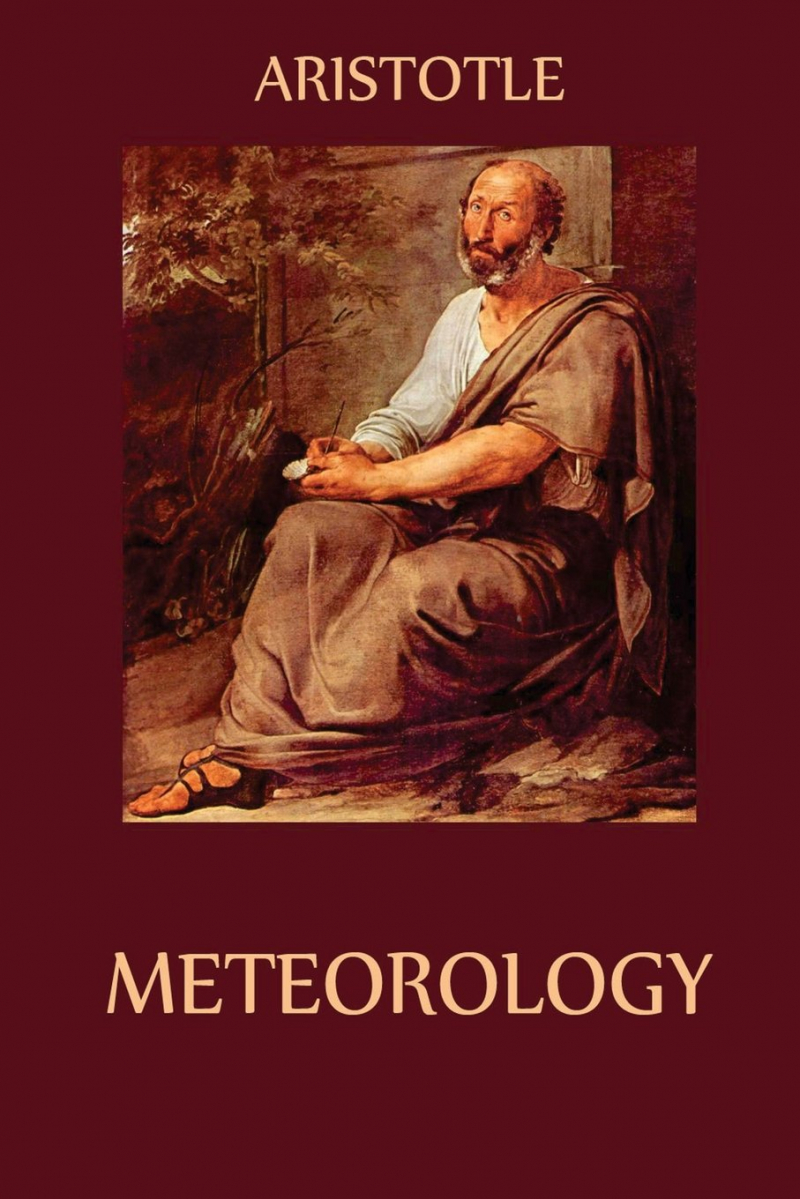Advances in Meteorology
Aristotle was able to present a highly thorough study of the world around him for his time and era. At this time, the multidisciplinary scientific study of the atmosphere and weather is particularly covered by the name "meteorology." But in his work Meteorologica, Aristotle took a far more all-encompassing approach, discussing the many properties and phenomena of air, water, and earth.
In this book, Aristotle describes the "different affections" that connect the various regions of the earth, as well as the "different affections" that connect air and water, in his own words. His descriptions of water evaporation, earthquakes, and other frequent meteorological events are among the Meteorologica treatise's highlights. One of the oldest depictions of such events is his examination of these many meteorological occurrences, albeit this doesn't necessarily speak to the veracity of his meteorological investigations. According to Aristotle, "subterranean winds" exist and are responsible for both earthquakes and winds. He similarly classified comets, meteors, rainbows, thunder, lightning, and other meteorological phenomena.
Perhaps the first person to express concern about the sluggish rate of geological change was Aristotle. He was one of the first to formulate a theory about the speed of earth's physical changes that was supported by data. As a result, Aristotle can be considered an early geologist. He understood that there are elements on the earth's surface that are transient. Thus, heat may cause lakes to dry up, deserts to become moist, and islands may emerge as a result of volcanic eruptions. In addition, the land and the water can transform into one another. He pointed out that because these changes occur over a much longer period than the usual human lifespan, it is challenging for people to comprehend them.














